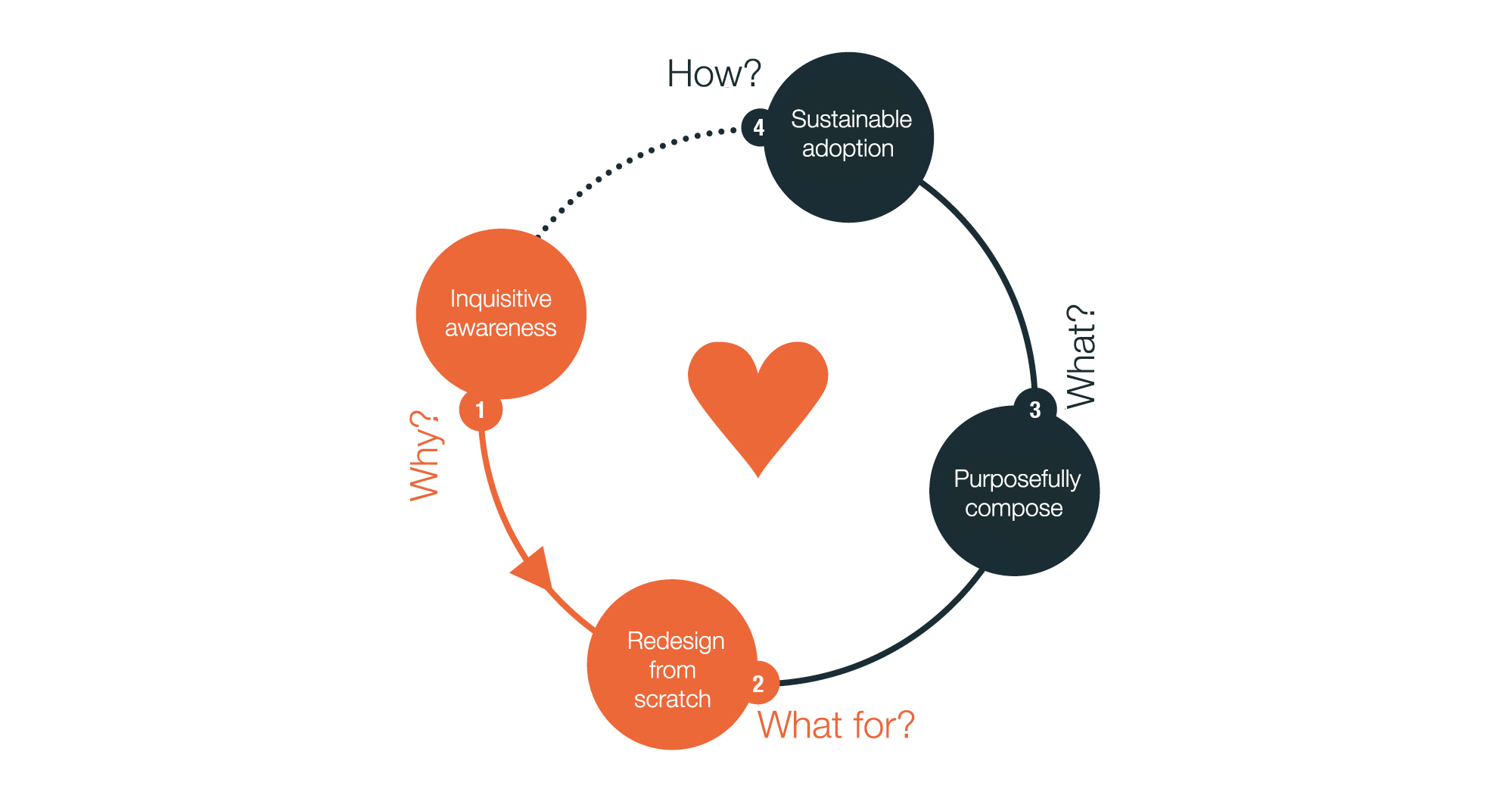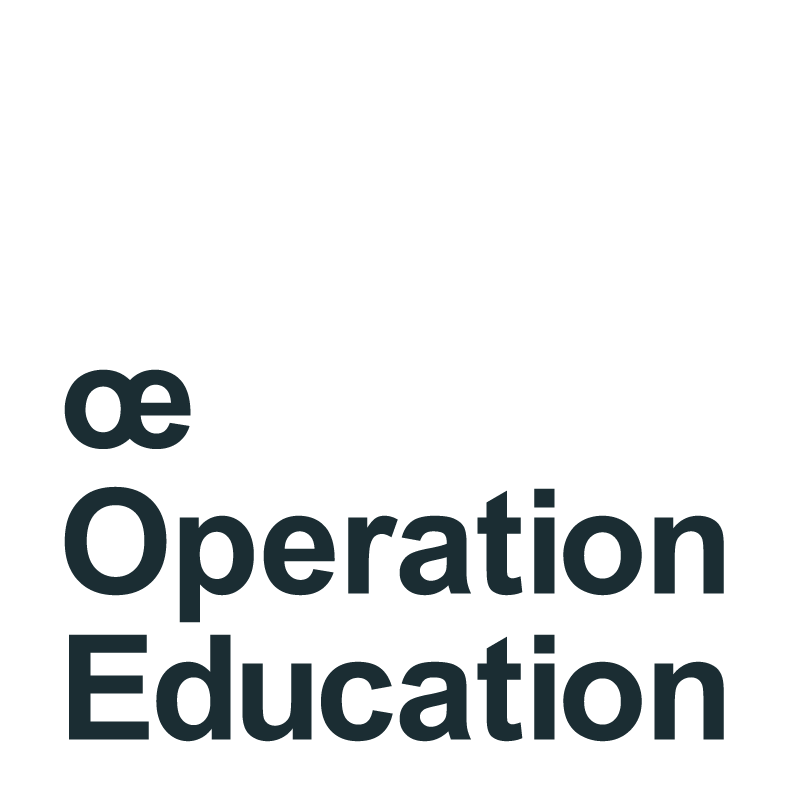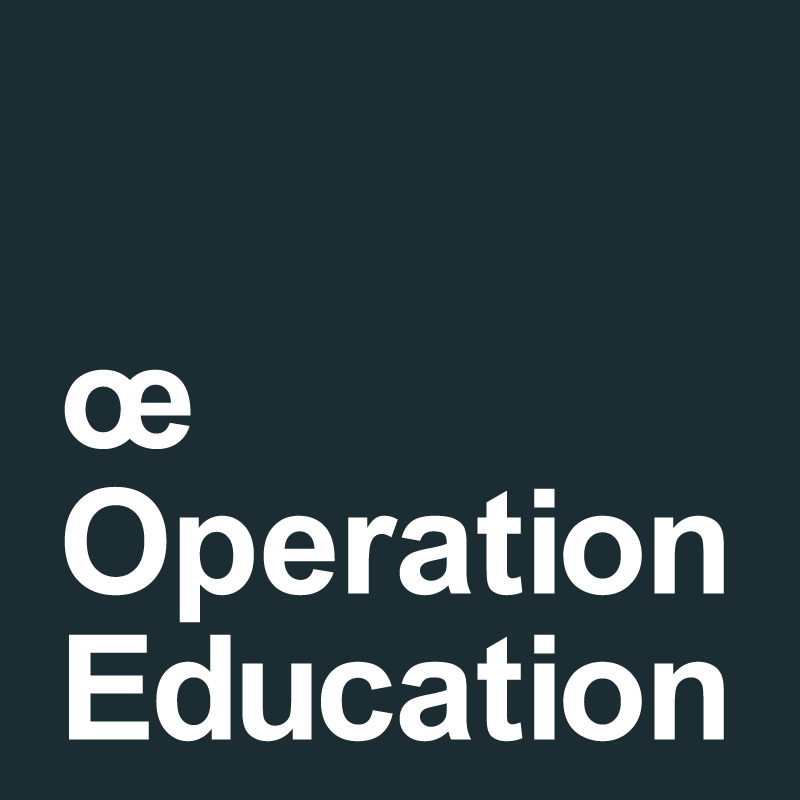
10 sep Four steps to fundamental change
How does one set people in motion? How can one transform an entire system on a fundamental level? For the past three years, these questions have occupied us at Operation Education. In a previous blog post, I described what we learned, what does not work and what is not impactful.
What does work?
In this blog post and subsequent ones, I will introduce you to a process, a four-step model, designed to set the educational system in motion. We, at Operation Education, have designed this model based on our experiences from these past years.
Our model expands on well-known frameworks and principles like Theory U. We have developed it further and given it a different vocabulary.
We define four steps:
- Why (inquisitive awareness)
- What for (redesign from scratch)
- What (purposefully compose)
- How (sustainable adoption)

Why
The first step is about liberating ourselves from our habits. We are used to doing things on autopilot, but we are really not aware of this. It is not until we truly consider these habits and assumptions and try to view and understand them from all different viewpoints, that we can take action. When we realize that the reasons why we do something in a specific way don’t make all that much sense anymore, and that the disadvantages may have started outweighing the advantages, then we realize the need for a potential alternative approach.
What for
Becoming aware and leaving behind all that was – at least in thought -, creates space for a ‘reset’-scenario: What if we could start afresh by un-imagining everything we’re used to? How would we organize things then? This is step two. The ‘what for’ question is central in this step: what is the educational system, our school, for? What do children need to learn in a society that changes rapidly and in which they might live longer than ever?
Only when this question has been answered is it relevant to look for possible alternatives. In other words, steps 1 and 2 create the supply to the demand that take place at steps 3 and 4.
What
We all like looking for solutions, we want to know what we have to do and how. In our model the answers, solutions – the schools and learning environments that fit your vision – are depicted on the right-hand side of our graph above, at the third step. If you’re still on the left side of the model, if you’re still at the eve of change and have not started to consciously look into the ‘why’ and ‘what for’ of the educational system, and take a shortcut to thinking about solutions, you will skip some fundamental steps. There’s potential danger in this: you are likely to build a new world upon structures that are not logical or desirable in today’s world – let alone tomorrow’s.
How
Many of the possible solutions and alternatives from step 3 are still experiments, still in the early stages. Some have existed for decennia and, therefore, have matured, but they are mostly secluded because they were ahead of their time and not widely accepted.
Often they were initialized and developed by pioneers, idealists and disruptive visionaries. Step four is about adopting these alternatives and solutions, scaling them and letting them take root in a sustainable way – and with that having them become a new system in themselves. In other words: about the ‘how’ of things.
Communities
In the middle of the model is a beating heart. This stands for communities; groups of people who go through this process together. This, for instance, can be a team at a school, the audience of one of my keynotes, a group of changemakers or a group of parents.
Impact
I would like to invite you to go through this process yourself and with each other. Again and again. In little circles, that together lead to bigger circles and enormous impact.
You can also live this process yourself. In my blog post ‘From scratch….’ you can read how I’ve done this past summer and what the effect has been on my own choices and priorities.
Would you like to run through this process with your team? We can help. Contact us and together we will explore the possibilities.
Translation from Dutch: Samantha Hosea, editing: Eleftheria Karyoti


